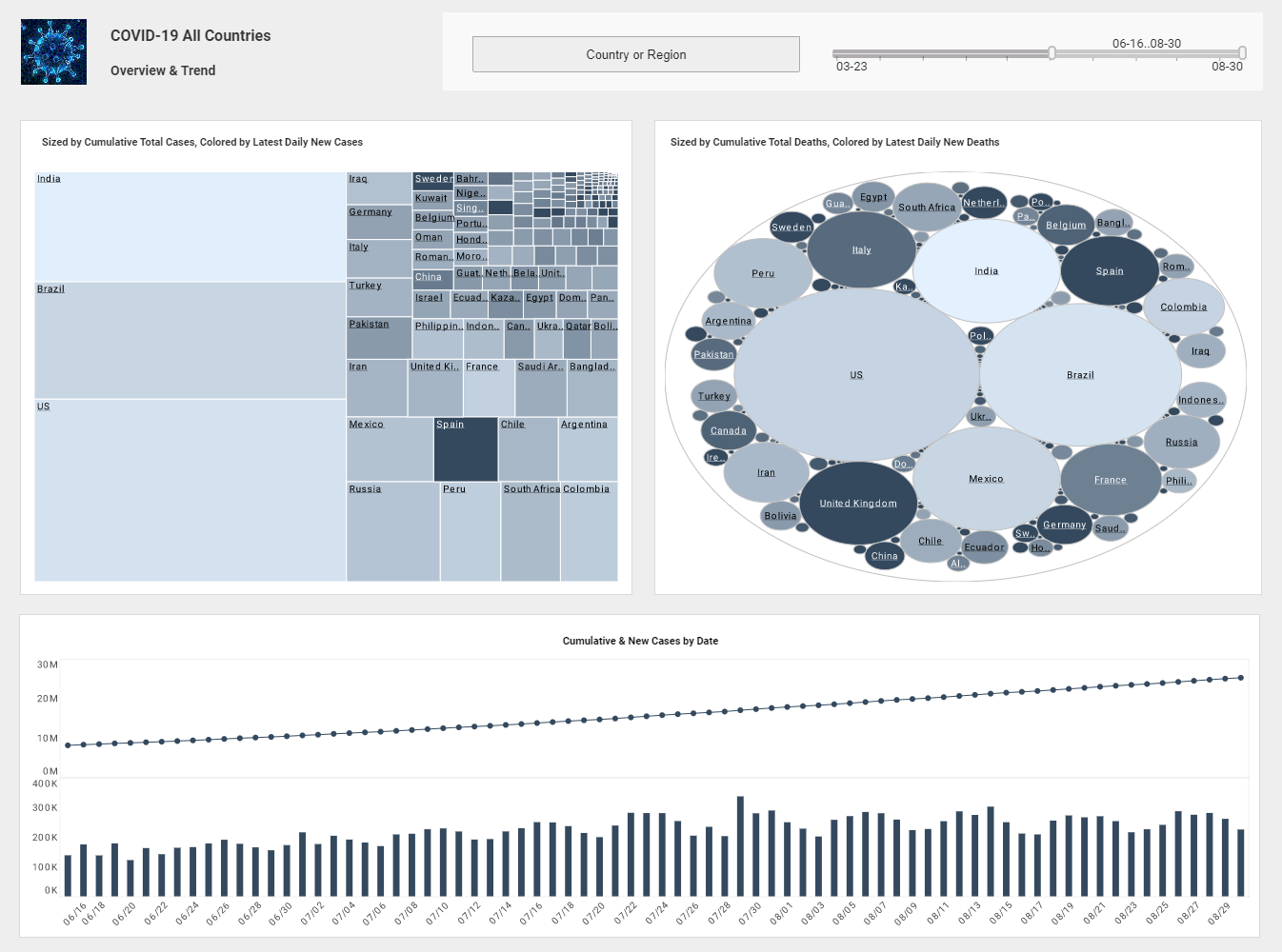InetSoft Webinar: Why Mobile BI Is Such a Hot Trend
This is the transcript of a Webinar hosted by InetSoft on the topic of "Mobile BI: iPads & Tablets." The speaker is Mark Flaherty, CMO at InetSoft.
Today, we are going to discuss a new trend that we have been seeing on the market in the last few years, tablets and mobile BI. A lot of analysts predict that mobile market is going to grow exponentially in the near future, and a lot of CEOs and CIOs are starting to wonder how to leverage this trend in different areas, in BI analytics in particular. I would like to begin our presentation with some data.
As most of you probably know tablet computers are now a main component of the mobile computing market and their impact will continue to expand in the coming years. According to a research report that I found published earlier this year, five years from now, the number of tablet PCs is expected to increase from 16 million to 147 million.
So in just five years, it will multiply by almost 10 times. And based on the same report, tablet adoption is occurring at even faster pace than the historic rates that are set by devices such as smart phones, computers, and mp3 players, game consoles and DVD players.
So, we are going through an evolution from a computer to a laptop to a tablet. Especially the people in operations and sales are becoming mobile, working more outside of their offices and less at their desktop. It’s just like BlackBerry’s innovation at the time was to give business users the ability to access emails on the go. Today, tablets are making a revolution of their own.
| #1 Ranking: Read how InetSoft was rated #1 for user adoption in G2's user survey-based index | Read More |
They go beyond the cell phone and the simple ability of a computer whether it's a desktop or a laptop to meet business user needs. It makes business users more effective on the go. So whether you like it or not, whether you think it's just another gadget, and it's not going to affect your everyday life, think again.
One of my colleagues attended a conference recently, and when he came back, he said, oh my gosh, wherever I looked in all the sessions, in the buffet, on the show floor, everyone was using a tablet, and I almost felt awkward for not having one. So if you are attend conferences, or if you fly around a lot, or even attend a lot of meetings, you have probably noticed that you see more and more business people with tablets these days. Yes, some of them buy these tablets for their personal use and just end up using them for business purposes as well. But it's becoming more and more common for organizations and IT departments to invest in these devices.
Of course, one of the main reasons the early adopters are dying to get a tablet is because it's cool. But it's more than that. It offers a bigger screen, so more real estate, more battery life, and it's more functional. Yet, it's very light, and it's really portable. And they seem to have taken off among the executive staff. We were in so many meetings where everywhere there were tablets on the table.
Read what InetSoft customers and partners have said about their selection of Style Scope for their solution for dashboard reporting. |
According to the another analyst projection, next year enterprise mobile workers will make up 73% of the workforce, which means two things, first of all, more people will be spending time on the road meeting with clients and partners, visiting sites, and doing business on the go. Secondly, those workers will need access to the corporate data with the information that will help them make decisions on the fly. So by giving frontline workers the insight they need, when they need it, and on the go will empower the workforce to perform better.
Businesses across multiple industries realize today the potential of the tablet. The corporate world makes a great contribution to this booming demand for tablets. Tablets have the changed the way we access our data and the convenience and the flexibility we offer to the executives and sub-personnel.



